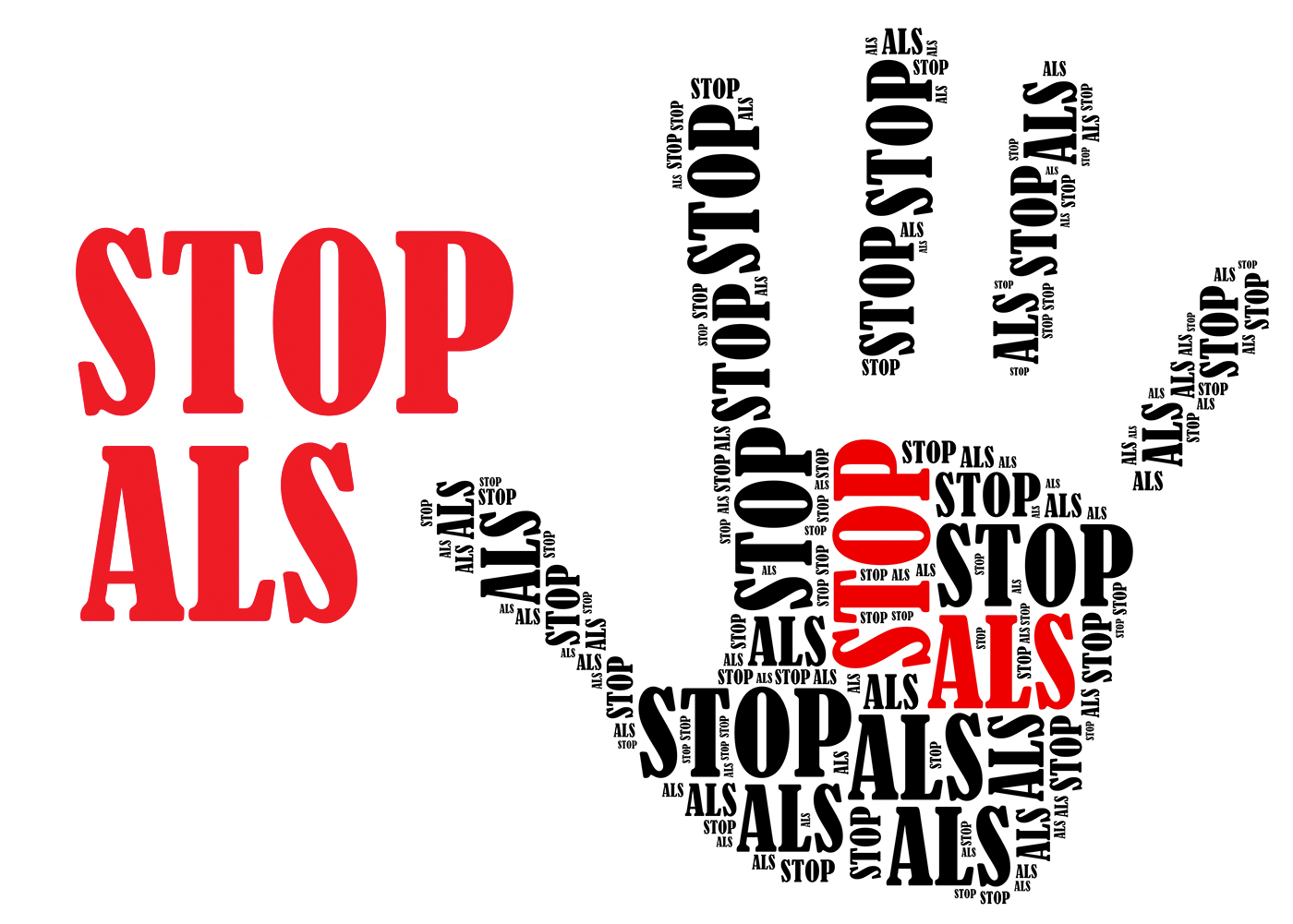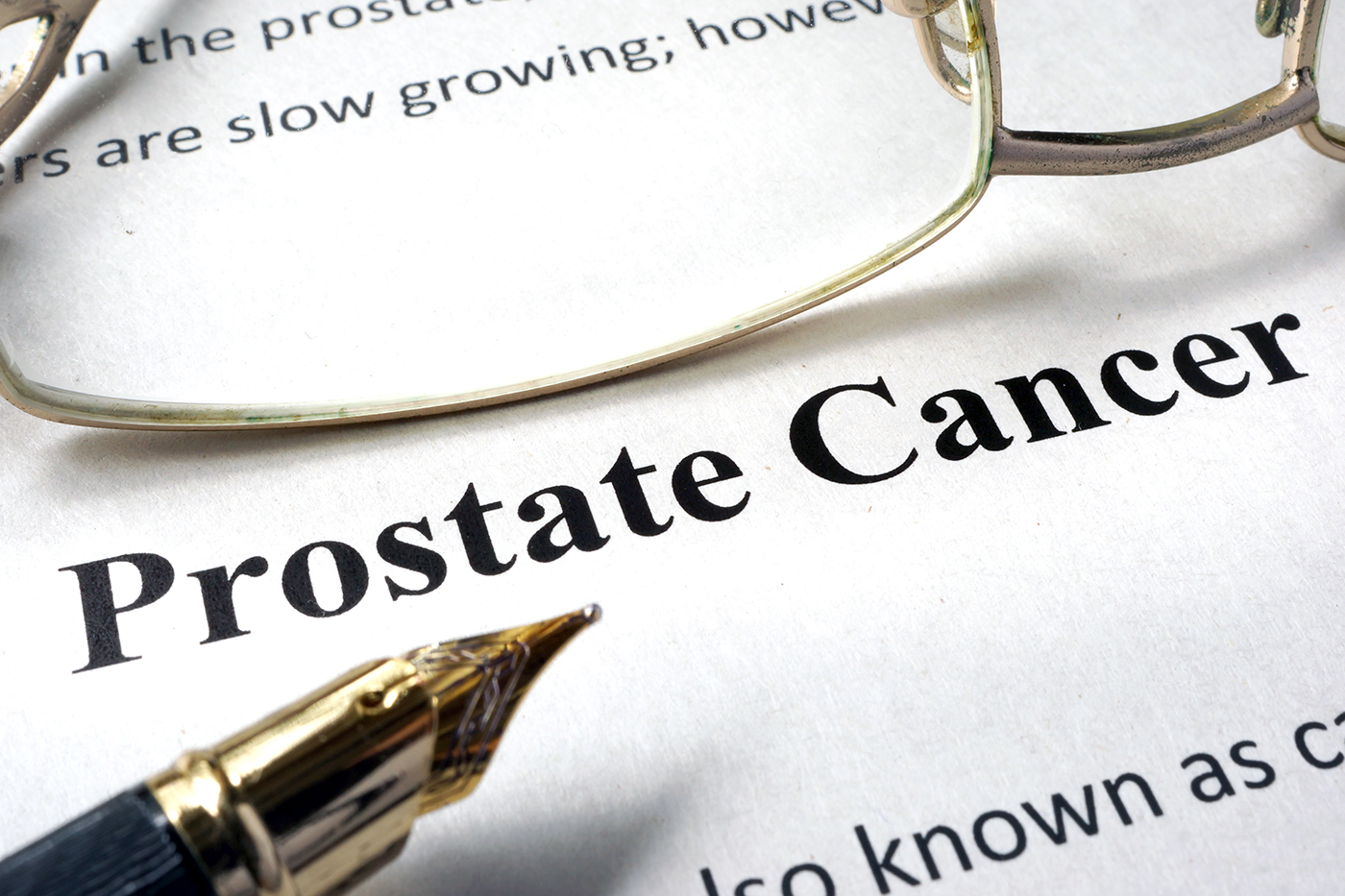By Lola Augustine Brown
For the first time in 22 years, the US Food and Drug Administration has approved a new drug for the treatment of ALS—amyotrophic lateral sclerosis, also known as Lou Gehrig’s disease. ALS is progressive disease that attacks the nerve cells that control voluntary muscles, including those used for breathing, and eventually leads to paralysis.
Unusually, it was the FDA that approached the drug’s Japanese developer. Radicava (edaravone) had already been approved for use in Japan, where its efficacy was validated in a six-month trial. In the Japanese study, 137 people with ALS were given Radicava or a placebo, and those who had the drug declined less than those given the placebo.
The drug has to be given intravenously—by a health care professional—and regularly—10 to 14 days of hour-long infusions, with 14 days off between cycles. It’s also expensive, costing $145,524 US a year. In the United States, the drug’s manufacturer will be offering to cover the co-pay portion of the cost for patients, and in some cases to provide coverage.
The news, announced May 5, generated hope and considerable excitement in the ALS community that it will be approved in other countries, too. The ALS Society of Canada (ALS Canada) says that we’re in a “time of unprecedented excitement and momentum,” as there’s been more progress in ALS research in the past five to seven years than in the past century. In January, Canada joined 16 other countries in an international effort to discover the genetic causes of ALS. Project MinE will involve gathering an international pool of DNA profiles from 15,000 people with ALS and 7,500 control subjects.
Photo: iStock/MattZ90.




